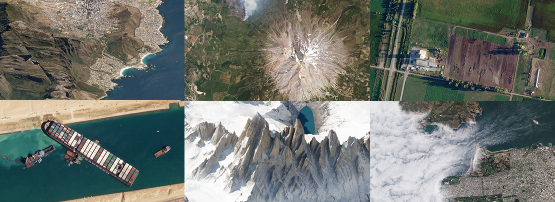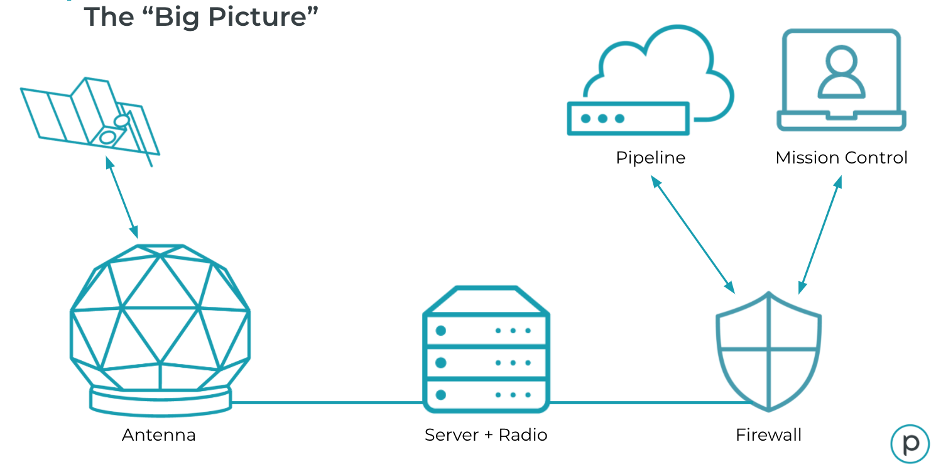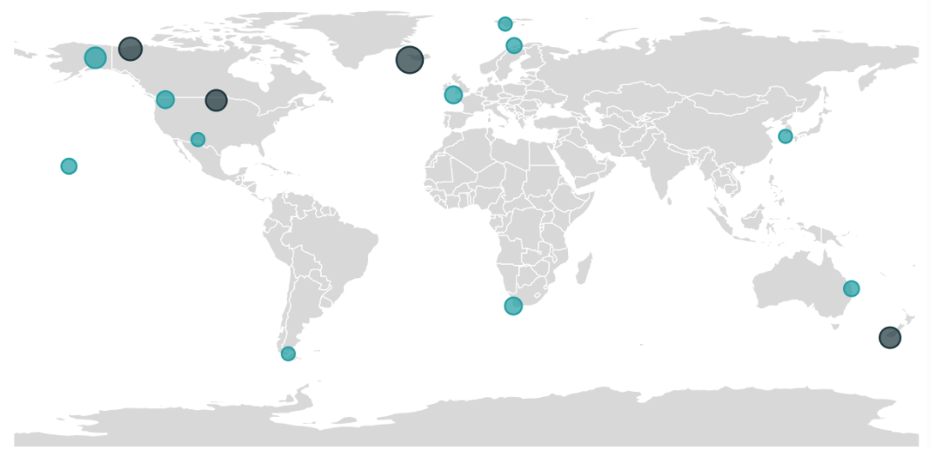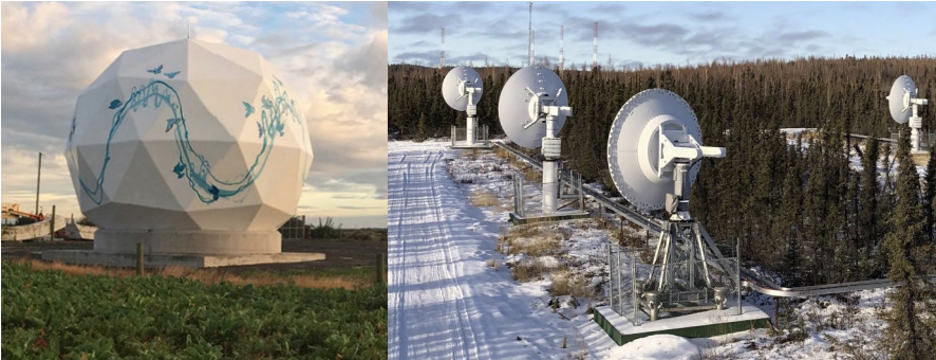
Planet is a vertically integrated aerospace and data analytics company that operates the world’s largest commercial fleet of remote sensing satellites. Our mission is to image the whole world every day and make change visible, accessible, and actionable.
Since 2013 we have launched over 500 satellites and built an automated mission control and ground station infrastructure to monitor and control these satellites and download images from space.
Historically, the performance of small satellites has been limited due to tight size, weight, and power (SWaP) constraints. Planet’s agile aerospace supports rapid prototyping, continuous iteration, and adaptation of the latest commercial-off-the-shelf (COTS) technology — our Build 14 Dove (B14) is agile aerospace at its finest.
In this post, we will elaborate on the radios and ground network that enables us to have frequent communication with our satellites as well as downlink 30TBs of data daily.

Employing agile aerospace to download 30TBs of daily imagery from the Dove constellation
Our Doves house two radios, a low-speed radio (LST) that is primarily used for Telemetry, Tracking, and Control (TT&C) and radiometric ranging, and a high-speed radio (HSD) that is primarily used for downlinking pictures. These radios have successfully flown on over 400 satellites with hundreds of cumulative years of on-orbit operation.
Planet open-sourced LST to allow the community OpenLST to use a proven radio design for communicating with remote instruments or satellites using low-cost commercial components. LST operates at the UHF band at 3,600bps and HSD operates at Xband at up to 1.8Gbps. With these radios, we have thousands of daily contacts with our satellites and can seamlessly operate our constellation to capture daily global data of our changing world.
Figure 2 shows a simplified view of the network. The satellites talk to the ground stations via the TT&C and HSD radios. From there, a server parses telemetry and sends it to our mission control and finally, the images are sent to our data pipeline, which resides in the cloud.
We have 95% uptime and the networking operations are fully autonomous, enabling us to have a small agile team that has downlinked more than five petabytes of data in the last five years.

Planet’s ground station network is responsible for the earth-to-space communication link that gathers health and telemetry data, keeps the spacecraft schedule up-to-date, and downlinks the payload data from the spacecraft.

Across these sites, the team monitors more than 1,600 services on nearly 500 devices. The scale of the network and diversity of equipment present challenges for operations and network health monitoring. The TT&C radios are used for checking the health of the satellite and downlinking telemetry and logs, and also for scheduling and tasking our satellites. The high-speed downlink (HSD) ground station (Figure 4) is used for downloading pictures from space.

All of these steps are done via automation workflows that we’ve designed and iterated upon throughout our many satellite launches — over 30 launches to date! The work put in across our many teams here at Planet has resulted in a systematic pipeline that can rapidly downlink, process, and deliver our data to customers to enable faster and more informed decision making.
Kiruthika Devaraj is a Senior Director of Radio Frequency Engineering at Planet where she leads the electrical engineering and RF/communication groups to design and manufacture the avionics, power, and communications systems for Planet’s satellites.
The views expressed by the authors of this blog are their own and do not necessarily reflect the views of APNIC. Please note a Code of Conduct applies to this blog.
